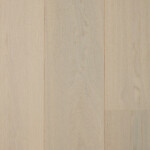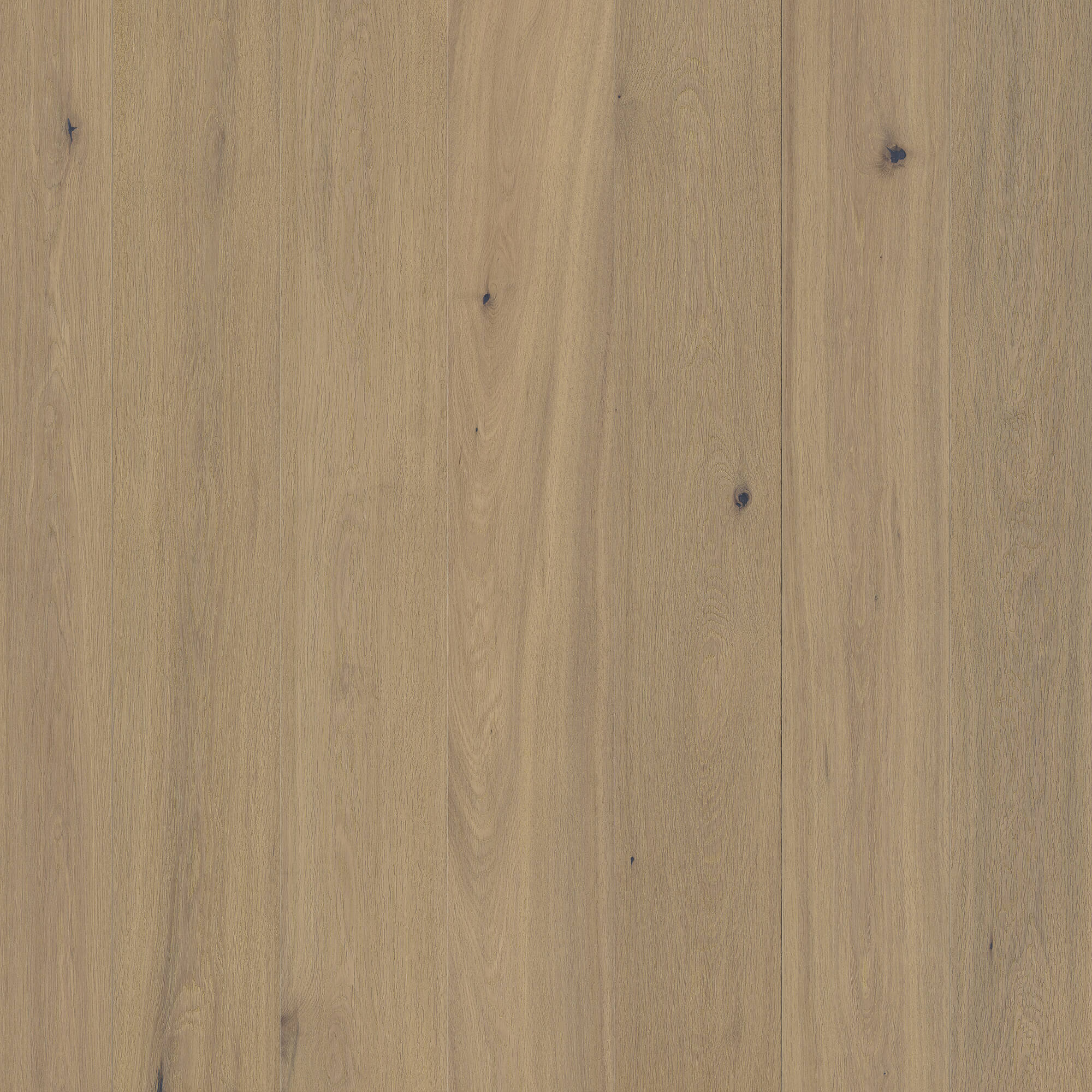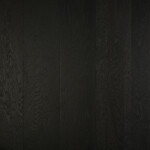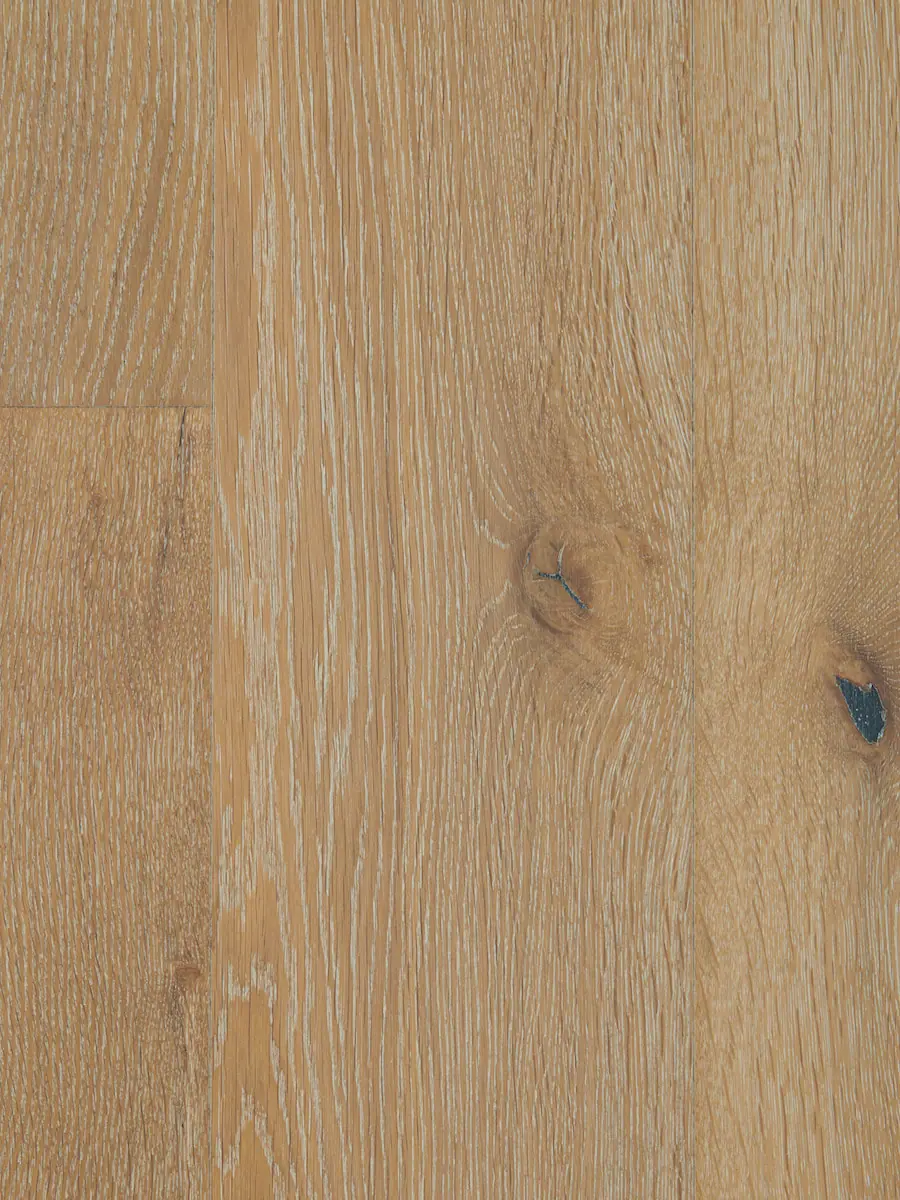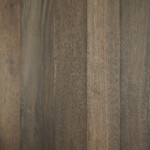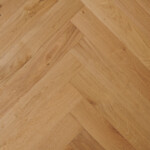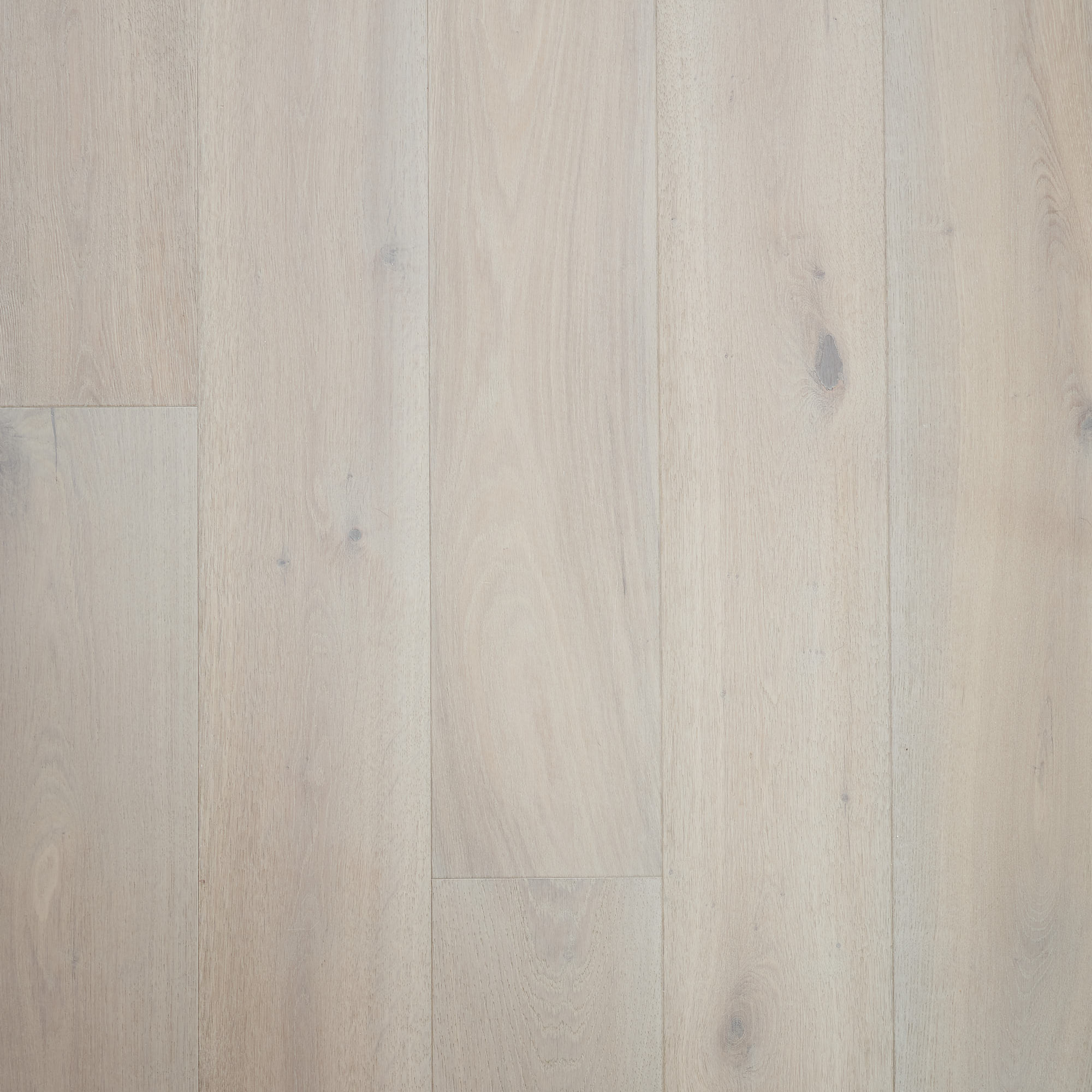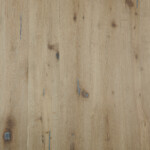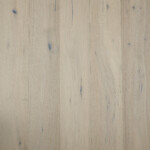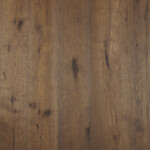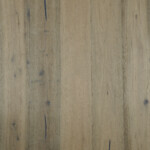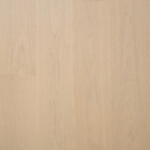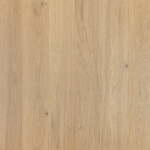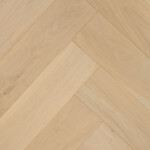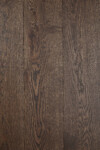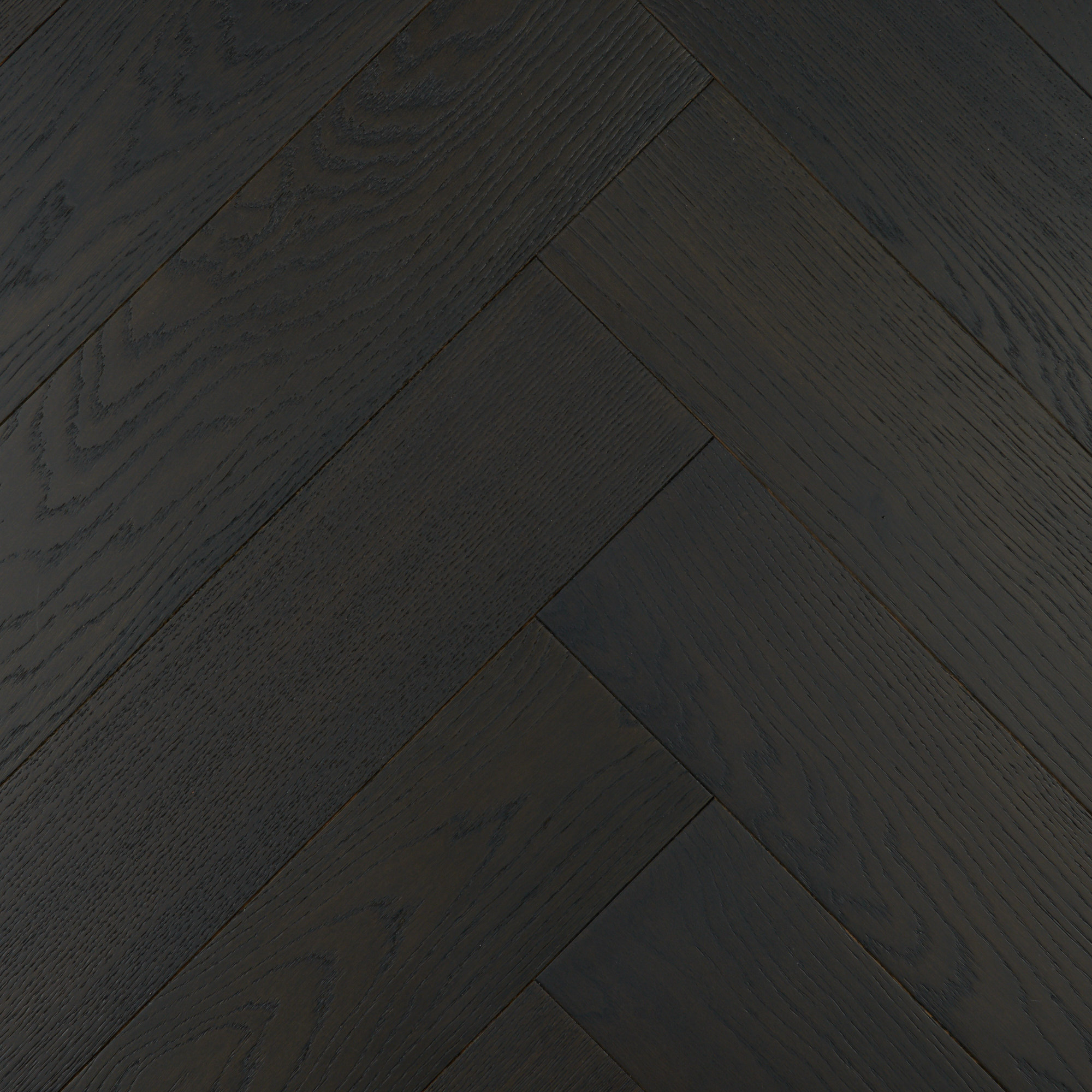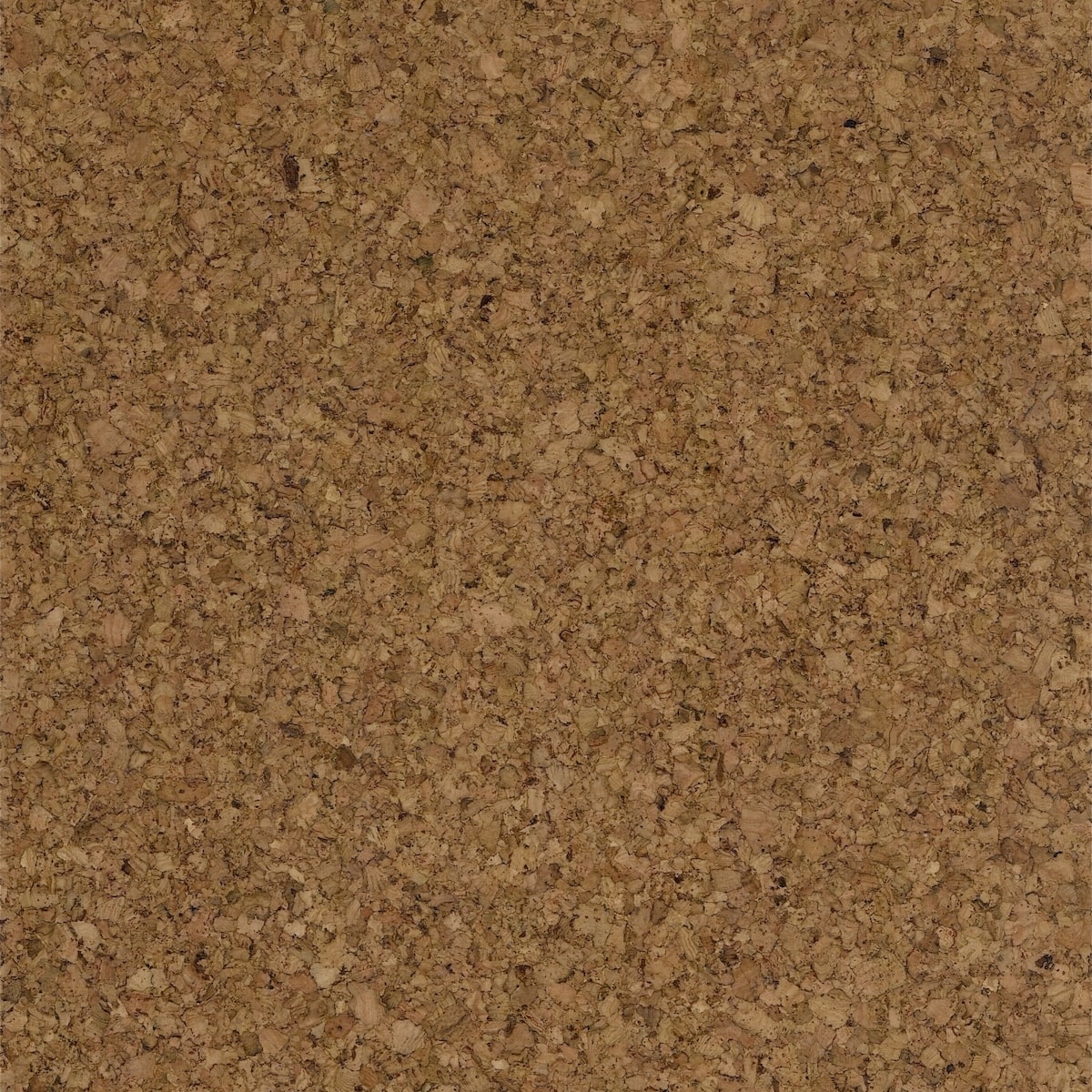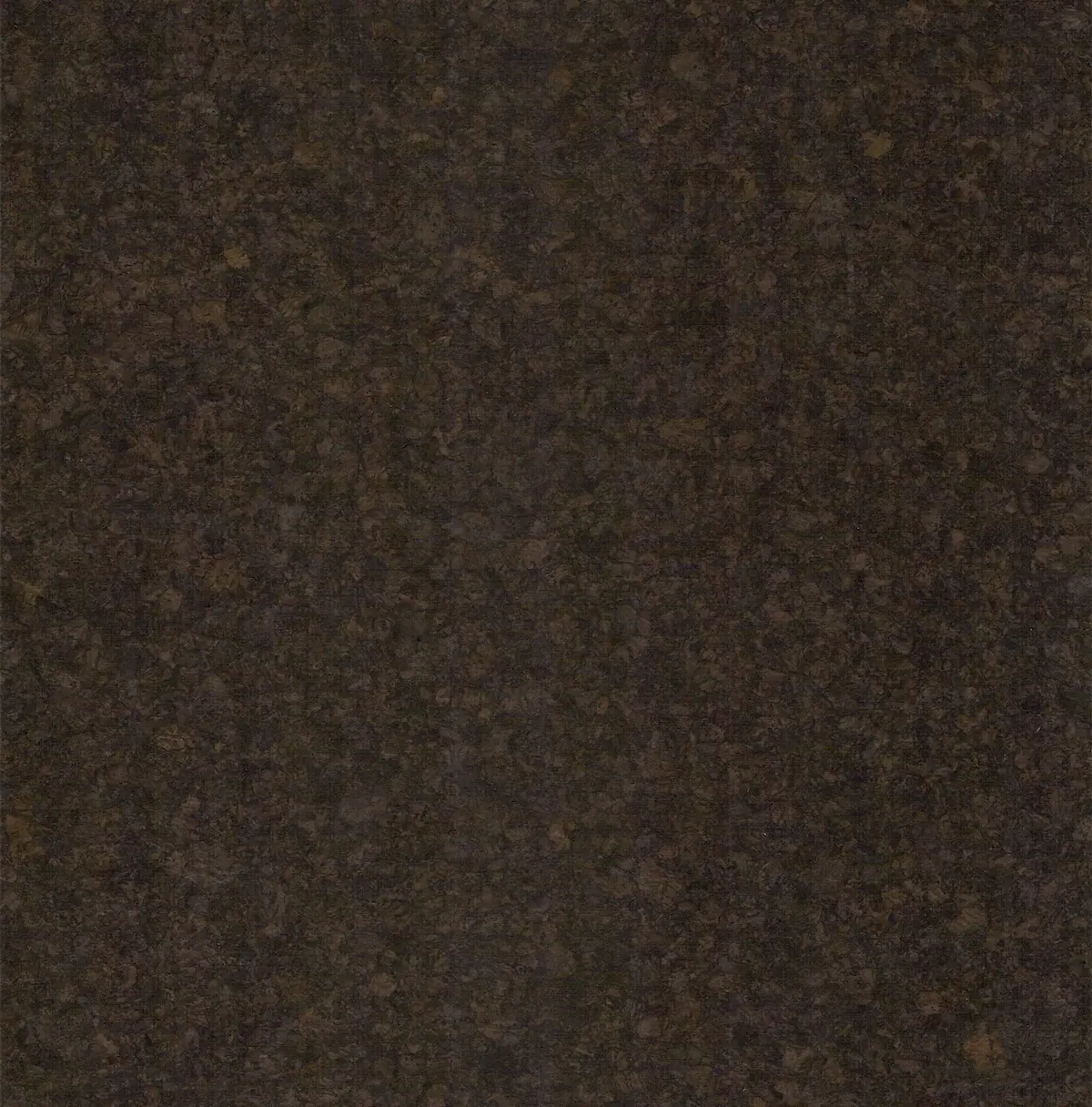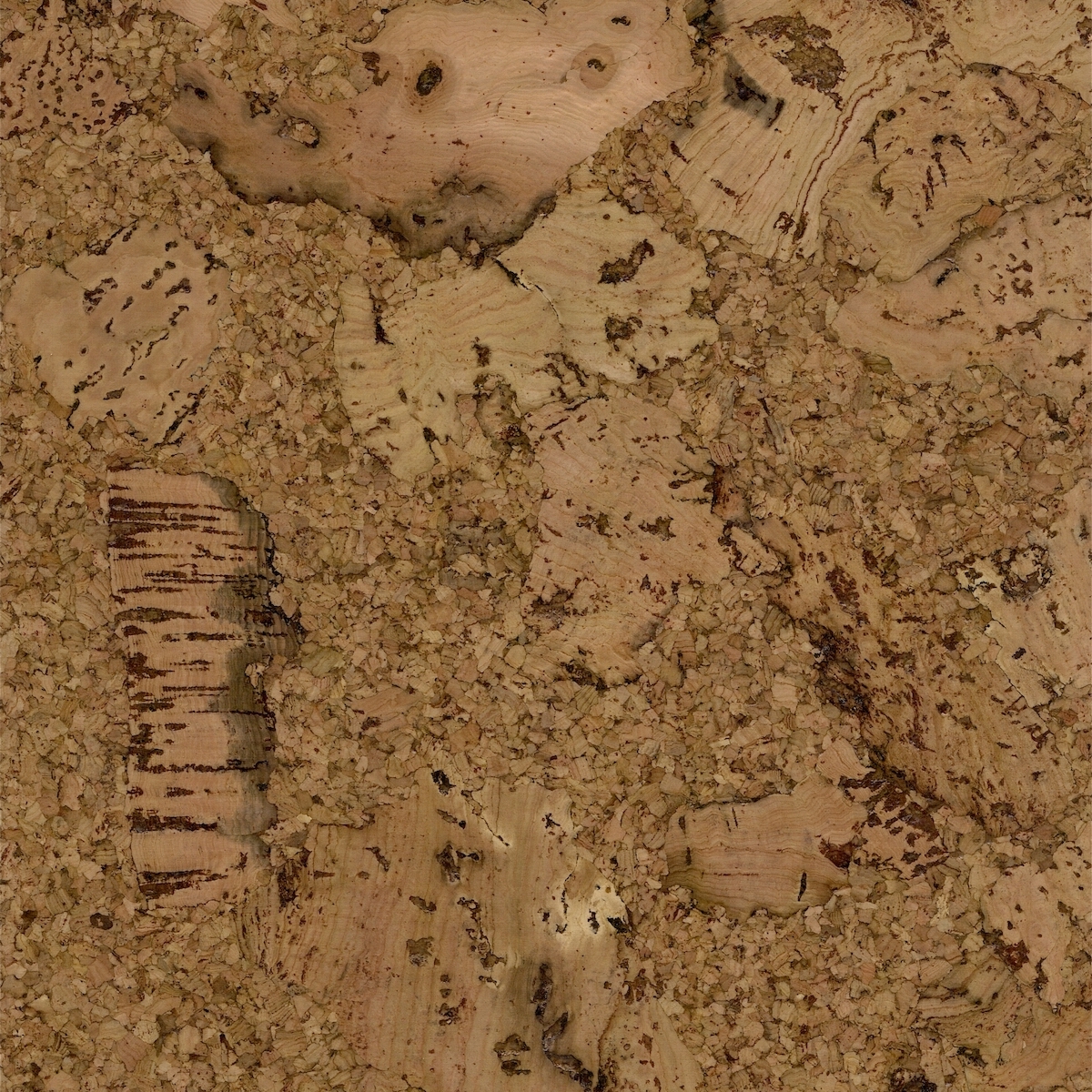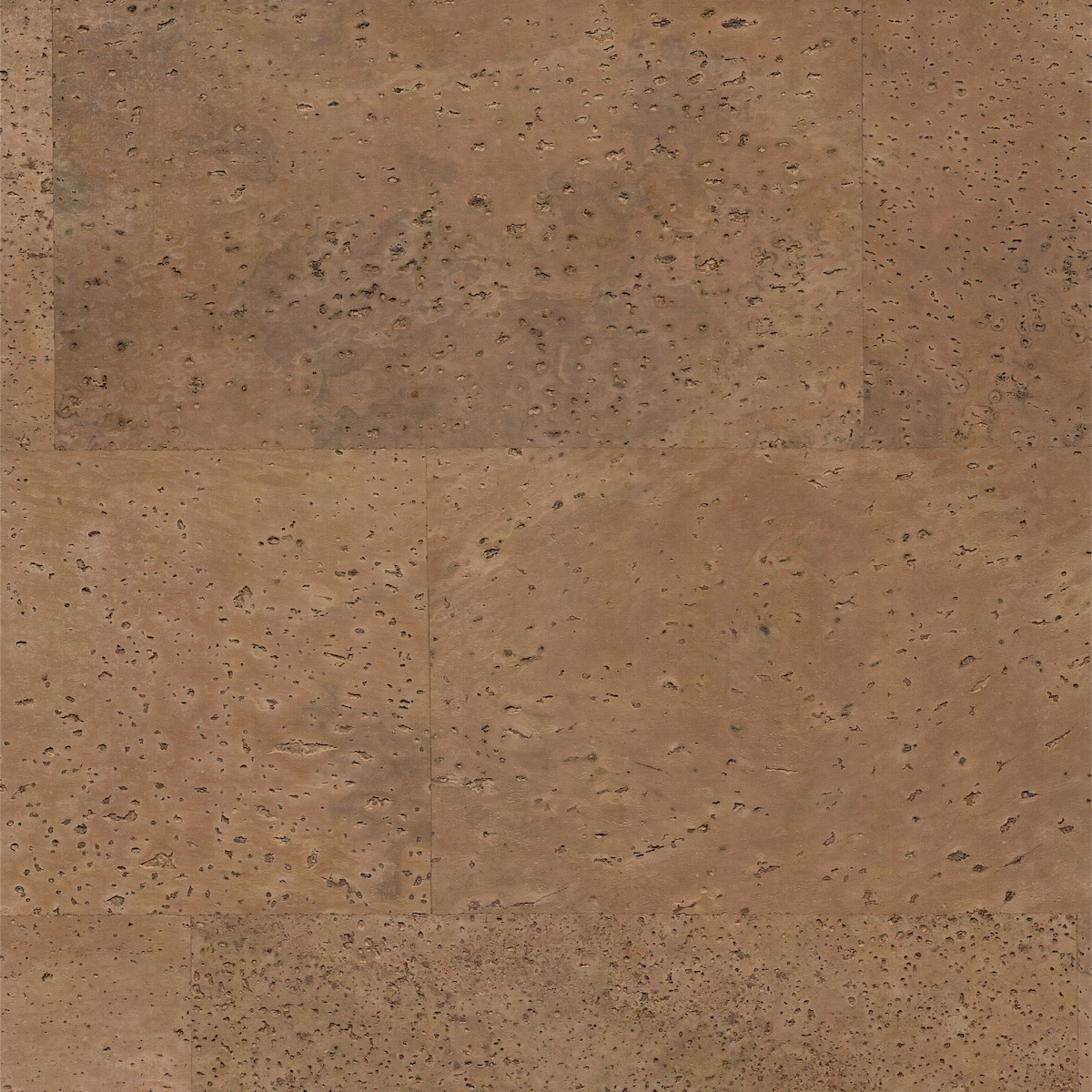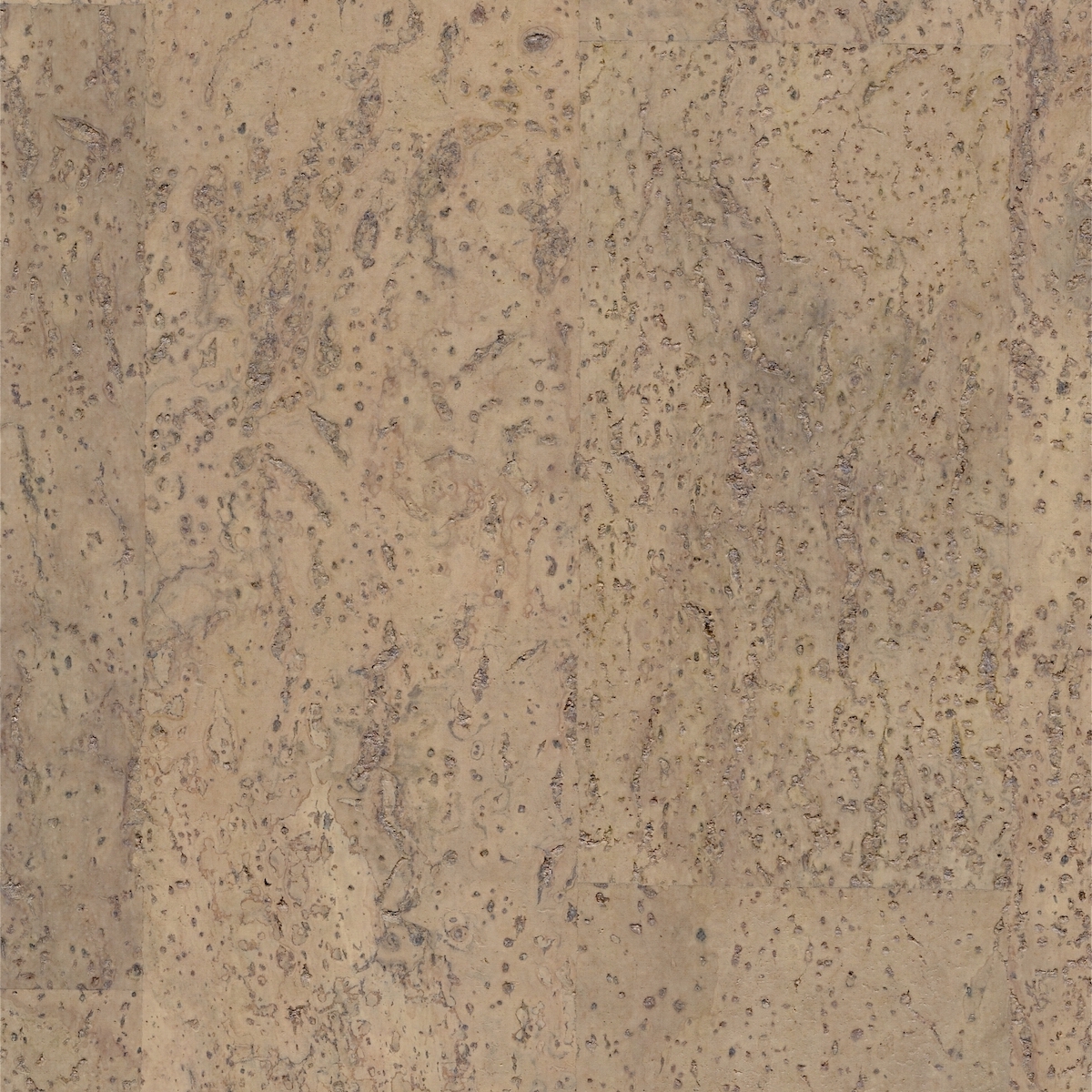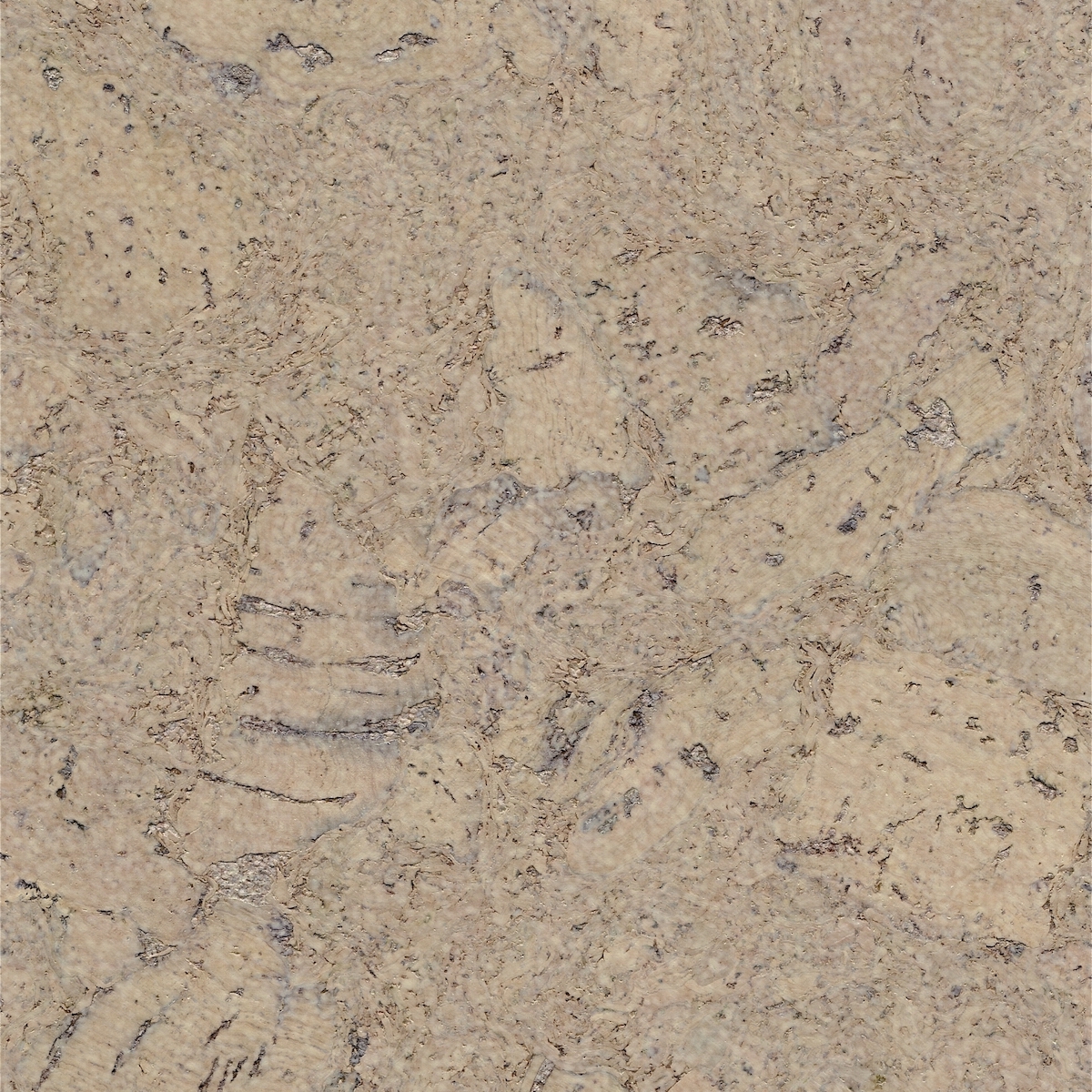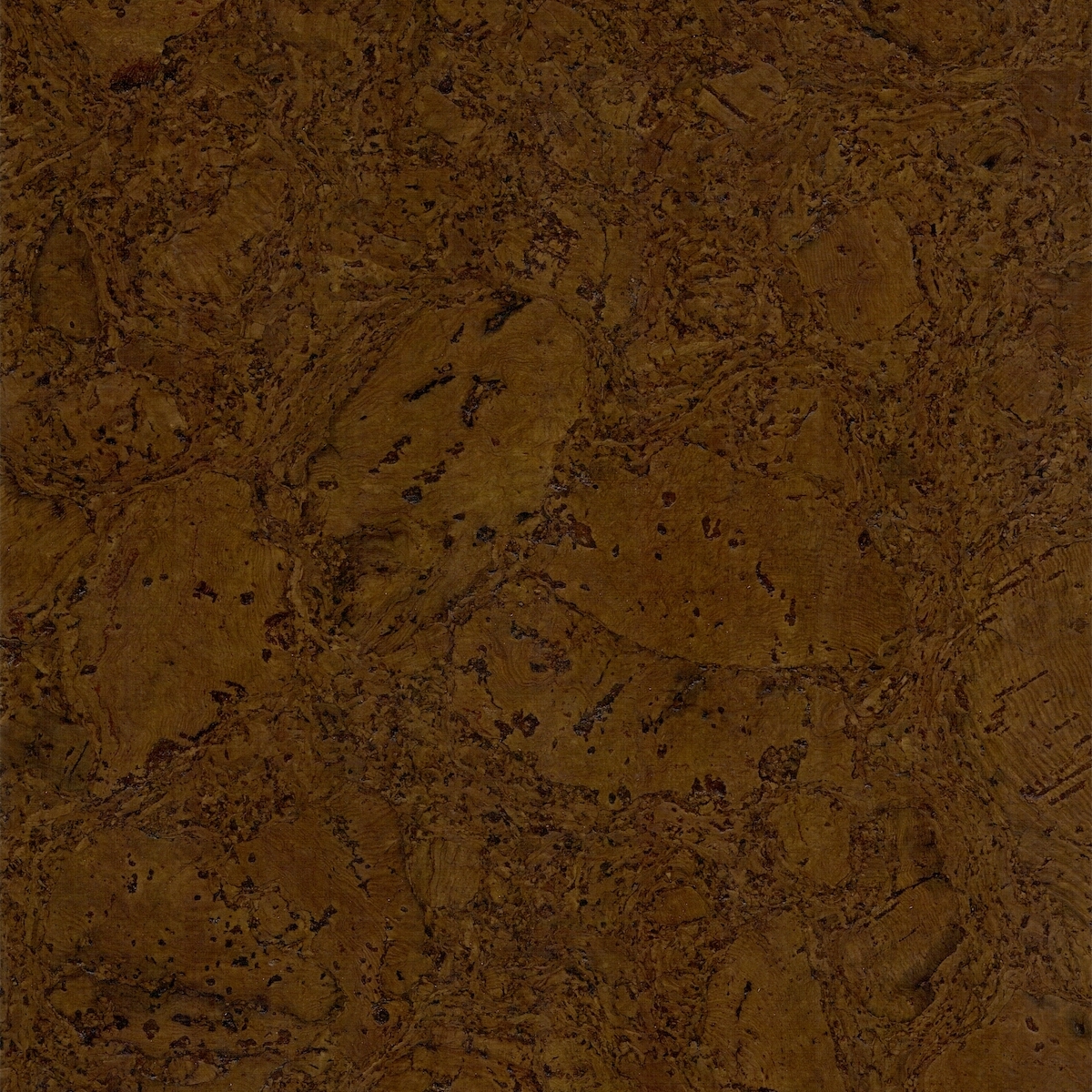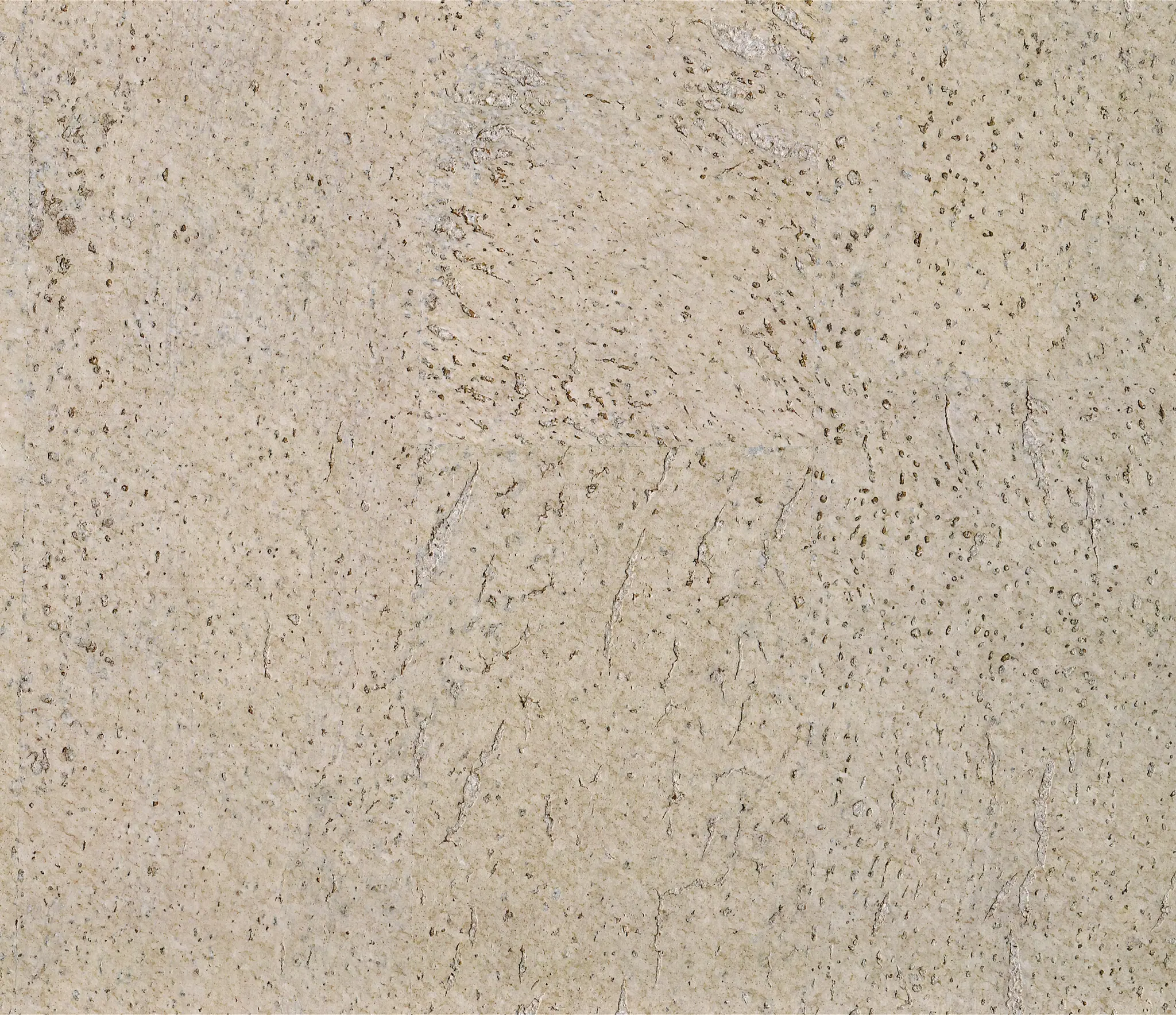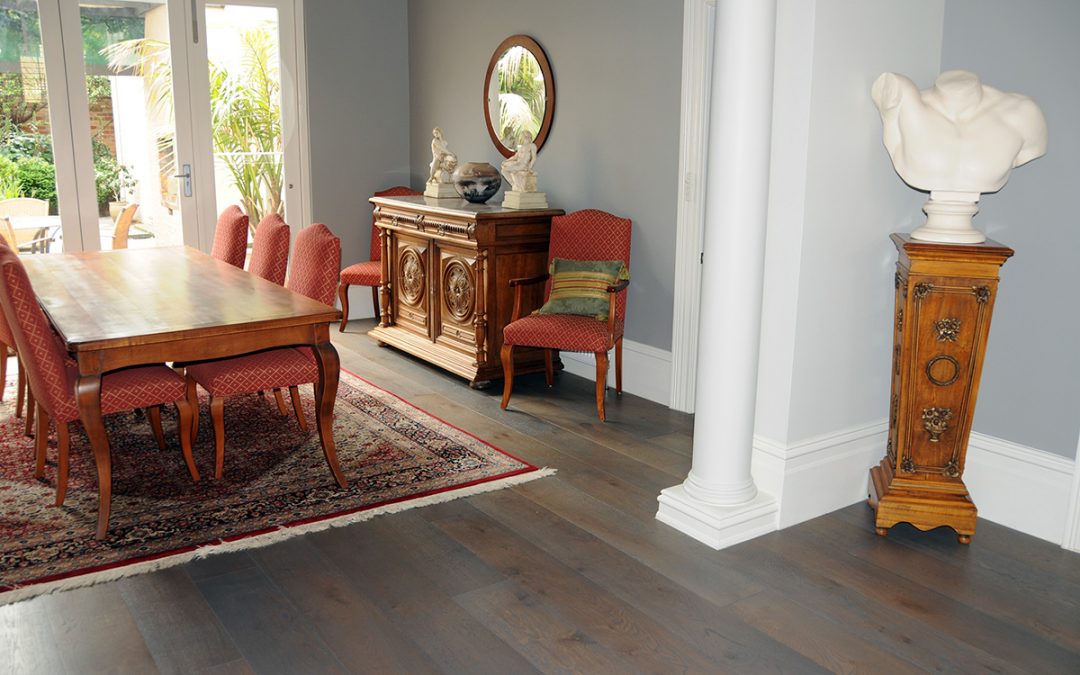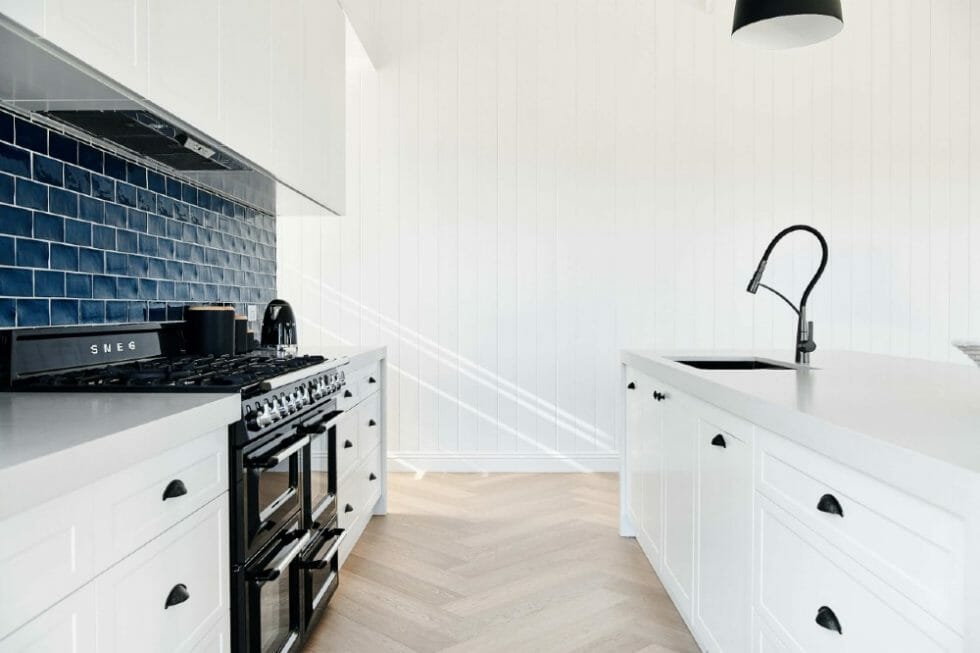Repairing and Maintaining Timber Flooring for Melbourne Homes
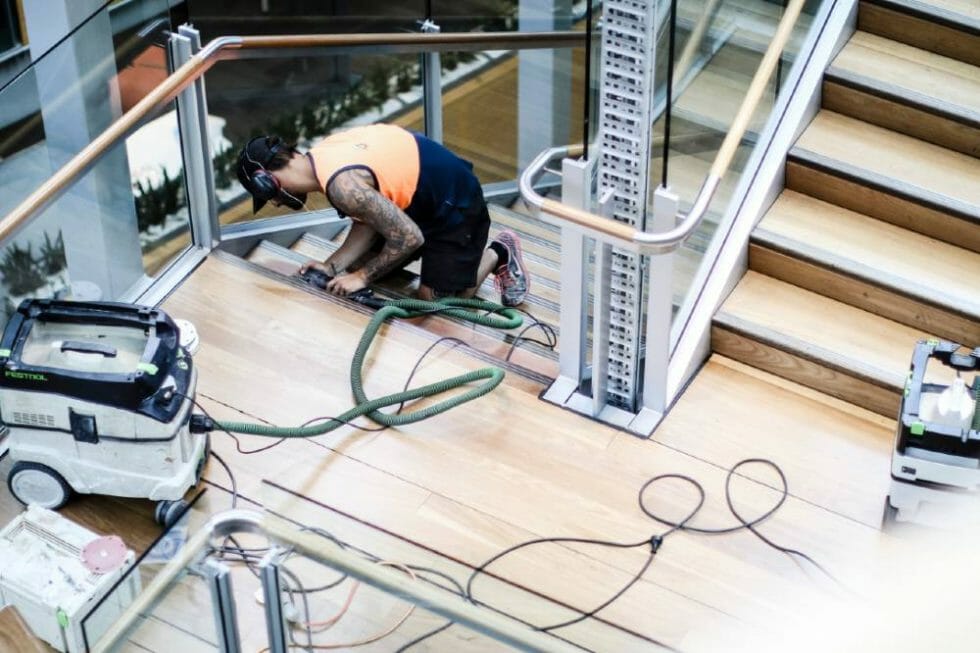

From humble beginnings in the heart of Melbourne, to our award-winning showrooms in Mornington and Geelong, Kustom Timber has remained steadfast in its commitment to quality products, attention to detail and superior customer service.
Wooden flooring is a popular and durable choice for most homeowners. If well-taken care of, your flooring can last for generations – but sometimes life happens, accidents can occur, or you are not able to keep on top of maintenance, as even the best wooden flooring can be subject to issues. There is no easy and perfect way that you can use to avoid surface scratches and gouges outside of being mindful of shoewear and water spills. These little scratches are the result of daily wear and tear.
However, this can make your floors look dull and dingy, or worse, scratched up and dented. When this happens, it can be devastating! What was once beautiful flooring can now bring down the style of the room and make it look tired and in disrepair. However, there is still something you can do to regain that elegant feel that you obtain with pristine-looking wooden floors.
Repairing Wooden Floors
When it comes to minor issues like small scratches, you may find that these can be buffed away using steel wool or hand-sanding, but be careful when you do this! Restrict your sanding to the scratched area, and feather it out only slightly onto the surrounding surfaces, sanding and buffing only in line with the wood grain to remove the unsightly scratch. For engineered floors, use wood putty and stain. Mix the putty and stain together by testing different combinations until you find the one that best matches your floor. This can be tricky, however, so be careful! If in doubt, it’s best to call in an expert.
Sometimes small dents in the wood can be fixed by placing a few drops of water into the dent and allowing the wood to swell back into place, but be careful with this as well. Too much water will end up warping your wood, and do more damage than help. Using mild heat with a thick, hot cloth or a heat gun can help with this process if you choose to do it. If you have engineered timber flooring, repair dents and spots with an engineered wood repair kit! These issues usually occur if the glue failed to bond to the subfloor during installation, or if a board is damaged by moisture.
However, when it comes to large stains on wood floors, these are typically watermarks that are borne from big spills. Stains like this require sanding and sometimes bleaching, and a refinish that will help to match the affected area to the rest of your flooring, which is extremely difficult. This is why you should consult a professional for larger issues, especially if it is in a highly-visible area.
In general, when it comes to issues such as large stain removal, refinishes, large dent-filling, and big scratch removals, it’s best to leave it to the experts. These professionals should have the skill and experience to repair wooden floors and restore them to a better state. Great experts will not only be able to address your floor’s problems but be able to explain to you the process that needs to be taken to repair your wooden flooring.
How To Replace a Floor In a House
Areas that are badly damaged, and maybe even rotting, need to be taken out and replaced with new wood. This entails prying up damaged sections and glueing or nailing the replacements to the subflooring. Cracks should be filled up and the surface should be sanded and refinished to match the rest of the flooring. Consult our timber flooring professional as this can be very tricky, especially when it comes to refinishing.
However, if you have engineered flooring, you may find that this is an easier process to do as opposed to solid hardwood flooring! This is because engineered flooring is made of a plywood base with a thin layer of hardwood on top. This is an economical option that still provides the option of sanding and refinishing in the future, and also gives you the option of an easier replacement. Simply pry up the damaged board and check with your floor’s manufacturer or installer to find its match, and replacement is easy. However, if you want to ensure that it is done correctly and will stick to your subflooring, contact an expert to ensure success.
Timber Floor Sanding Tips
When it comes to floor sanding and polishing, this process must be performed very carefully. Engineered floors have a hardwood veneer that is relatively thin, and excessive sanding can ruin the floor and cause more damage! Sanding can be done on your entire floor, and afterwards you are able to change the finish of it, but this is very tricky work. Contact a contractor for a quote to keep potential damage costs down and ensure that your existing wooden flooring is maintained and will last you for years.
Costs for Timber Flooring in Melbourne
Plain hardwood flooring can cost a fortune. Prices are generally per square metre and will vary based on what specific product you’re looking for (e.g. solid wood vs engineered timber flooring) and even the wood type. Engineered wooden flooring can be an economical choice for your needs and style, if you are worried about your budget and you have the freedom to choose the look and hardwood veneer that best suits your needs, too.
How to Maintain Wooden Flooring
Be mindful of shoewear used in the house, use soft-bristled brooms and vacuum regularly to keep your floors free of dirt and debris. Weekly you should be wiping your floors with a microfiber cloth, definitely make sure that you keep moisture exposure to a minimum!
Conclusion
When looking for Melbourne timber flooring that will not only be high quality but also has a team that offers great installation services, look no further than Kustom Timber! Whether you’re starting a new project or looking to breath new life into existing floors with professional timber floor sanding and polishing, our experts are passionate about giving you the wooden flooring of your dreams and will work hard to ensure your timber floors look amazing for years to come.

From humble beginnings in the heart of Melbourne, to our award-winning showrooms in Mornington and Geelong, Kustom Timber has remained steadfast in its commitment to quality products, attention to detail and superior customer service.
